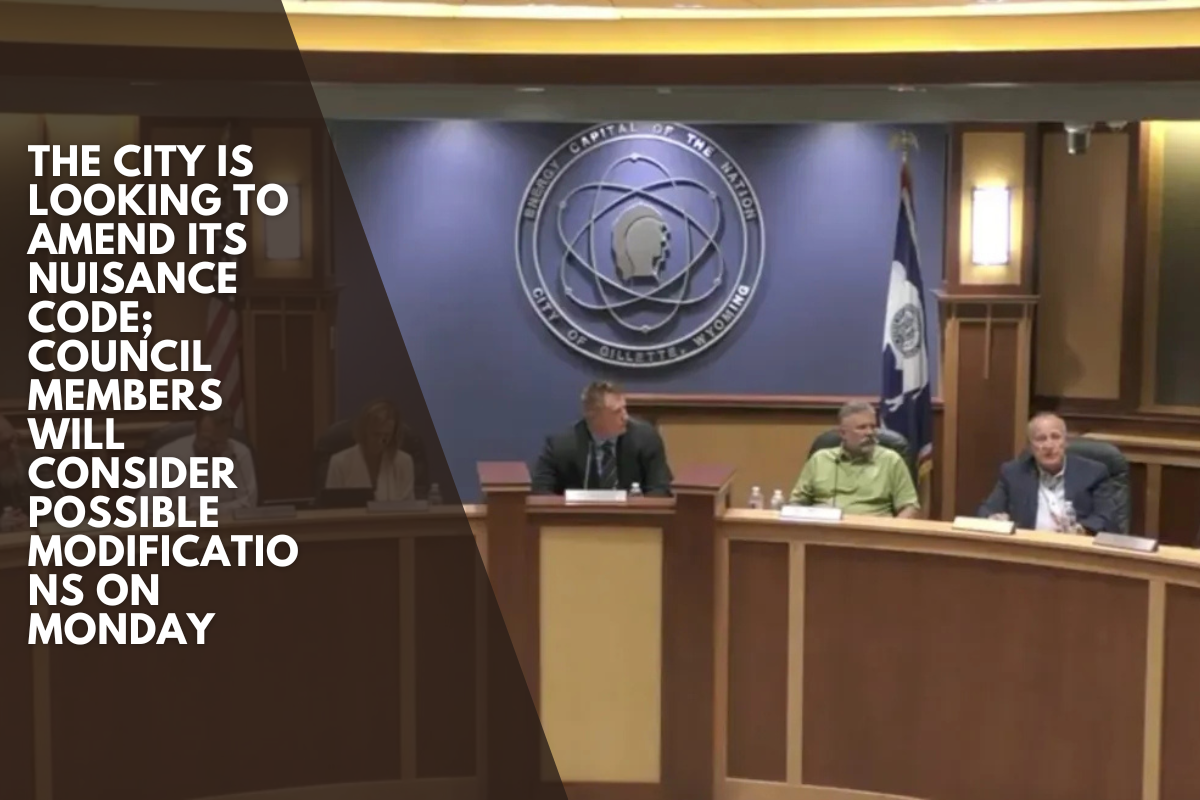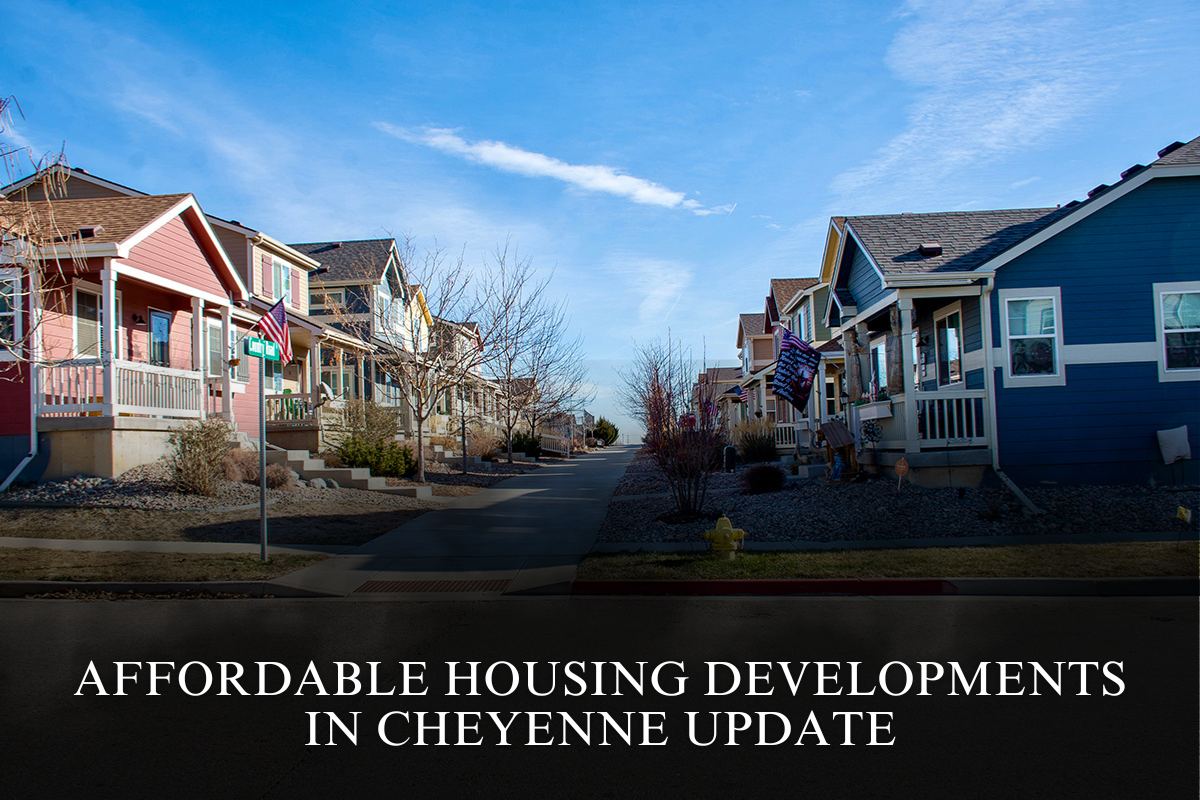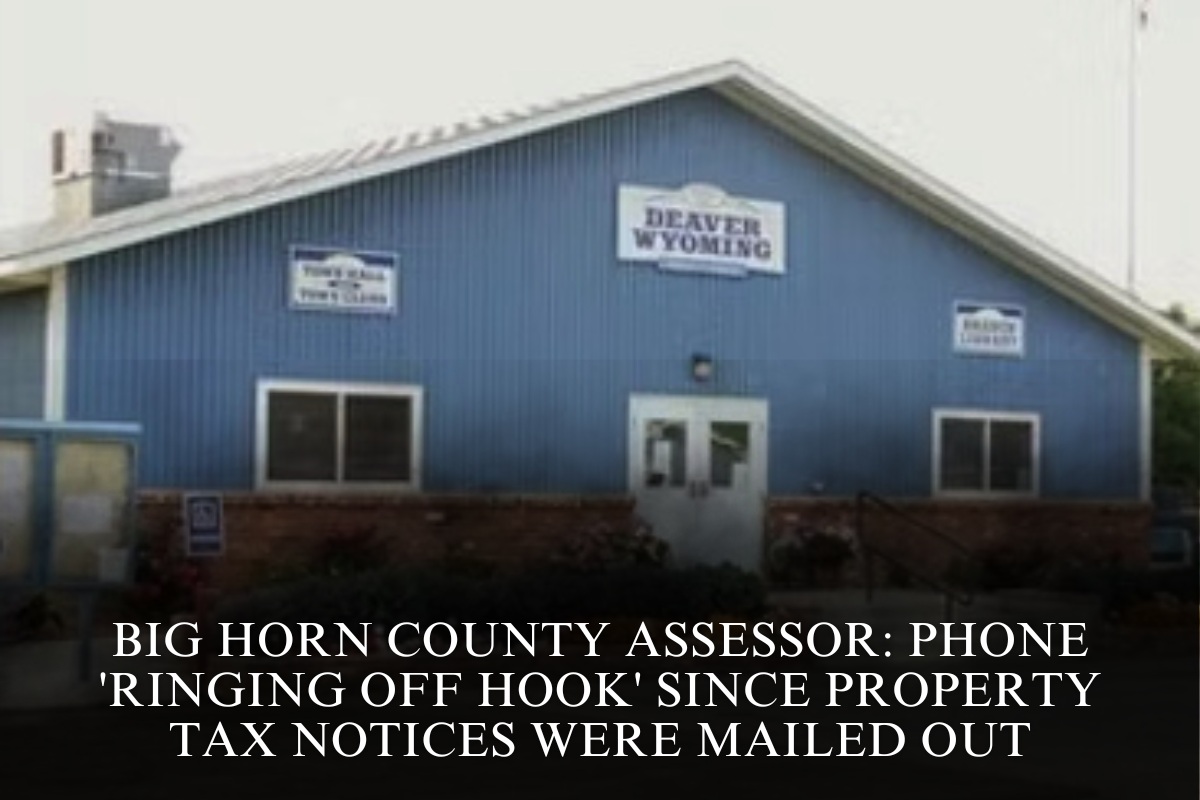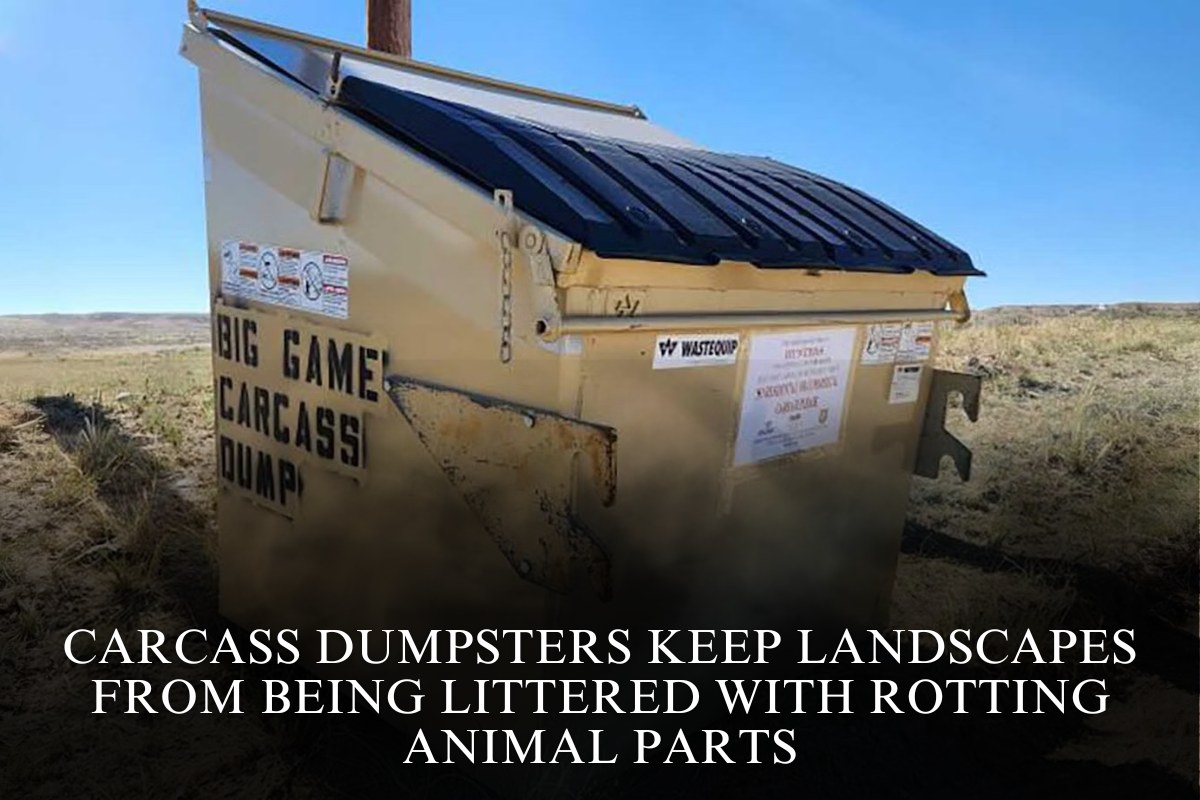GILLETTE, Wyo. — The City of Gillette plans to review and potentially amend its city nuisance policies at upcoming meetings after discussions among city officials and councilmembers, as well as public input, revealed some concerns about policy enforcement practices and some rules themselves.
The council spent a portion of its September 15 meeting reviewing the city’s current policy, which is outlined in Chapter 13 of the Gillette City Code.
This set of rules, which can be read in full in the PDF attached at the bottom of this story, establishes general rules governing public nuisances in order to “promote, protect, and improve the health, safety, and welfare of all citizens.”
Chapter 13 of the Gillette City Code
Nuisances listed in the code include a wide range of unpleasant and discouraged sights and objects on private property. This includes anything that can hold standing water and serve as a breeding ground for mosquitos, such as abandoned appliances, sewage and human excrement, junked cars, grass and weeds taller than 12 inches, and so on.
The city’s definition of each of these nuisances can be found in the copy of the code provided below.
The continued presence of these things on private property exposes the property owner to administrative action by the city. The city’s code enforcer will notify the property owner that they must remove the nuisance within 14 days, or three days if it is deemed a threat to public safety, health, or welfare.
If the property owner fails to correct the nuisance within the specified time frame, the city code enforcer has the authority to enter the property and remove the nuisance themselves. The violator will be required to pay the costs of the abatement process, as well as an administrative fee, and will face a misdemeanor charge with a $750 court fine.
Crucially, each day of noncompliance is considered a separate offense under city code. If the administrative and abatement fees exceed $2,000, a lien on the property may be established.
Potential updates:
Those procedures were last updated in 2018, according to the code’s ordinance number. With that in mind, and armed with data from a comparative analysis of other nearby cities’ nuisance codes, city employees approached councilmembers about possibly updating some things.
City Attorney Sean Brown outlined several potential changes to the ordinances, based on comparisons with other cities and ongoing public input.
“One of the areas we can look at changing is our enforcement timeline,” Brown told the audience.
He specifically proposed implementing a tiered compliance system, which would limit the amount of time a property owner has to amend a violation based on the number of complaints received.
“That could take many different forms,” Brown explained. “For first-time offenders, keep our 14-day timeline in place. If you commit a second offense within a certain time frame, you can reduce the sentence to seven days. If a third or subsequent citation occurs within a given time frame, it may be considered an immediate citation.”
However, the council may have to consider when that time period resets. Brown also advised councilmembers to consider whether separate violations lead to the same sequence of warnings and punishment.
“For example, you could have a violation relevant to an inoperable vehicle one month, tall grasses the next month and then some other violation in month three,” according to Brown. “Are you then in an immediate citation scenario or do you need three of the same citations?”
Brown proposed a tiered fine system: up to $250 for a first offense, $250 to $500 for a second, and a mandatory $750 for third and subsequent offenses. He highlighted the ambiguity of the city’s standing code regarding fines.
“Each day of non-compliance with the nuisance code constitutes a separate offense,” according to Brown. “So technically, if somebody has a nuisance that has lasted 10 days and the judge wants to give them a $750 fine, you can multiply that times 10 to come up with what your penalty could be.”
Amy Smith, the City of Gillette’s Senior Code Compliance Inspector, presented the council with information on other cities’ nuisance policies. Rules about how tall grass can grow before it is considered a nuisance vary greatly between cities.
Gillette’s current city code allows grass to grow to a height of 12 inches. Amendments could reduce this to as little as 6 inches.
“I think 6 inches might be a little too short,” council member Jim West stated. “Contact your local lawn professional. They’ll say that in extremely hot weather, 4 and a half to 5 is the shortest length you should cut it to avoid burning. But I believe we should shorten it.”
West also expressed concern about the tiered complaint system, particularly if it involves stacking different violations. That, he said, could lead to people causing unnecessary trouble for others.
“You were talking about if we wanted to [issue], say, one first offense for a grass, then a second offense for a vehicle,” West reported. “My only concern with that is that I don’t like my neighbor down the street. I don’t like his children. I want him off the block. I can’t get him with grass five times, but I can get the grass this week and the car the following week.”
If a person has multiple violations at the same time but only reports on a weekly basis, he believes they may end up in more trouble than necessary.
The majority of the council, however, agreed that Chapter 13 needed some updating. Councilmember Heidi Gross said she supports updating the policies but would first hear from her constituents.
Members of the public were also given the opportunity to make their own suggestions during the meeting. Terry Lee, a resident, informed the council about an empty development behind his neighborhood that was immediately adjacent to his backyard.
Developers reportedly built up 30 acres of the plot, leaving the remaining 5.5 acres unmaintained, according to one commenter. Lee said the area is overgrown with weeds and thistles. When it rains, the thistle clogs the nearby drainage system. When it doesn’t rain, the drying weeds, which exceed the current 12-inch limit, pose a fire risk. He also cannot spray or pick the weeds because they are not on his property.
Lee inquired whether the updated code would apply to those developers.
“What I would like to see is — I’d like to see it be equal for everybody,” he told reporters.
Another public commenter asked if changes could be made to how trees or cars block views of intersections, and a third inquired about what happens when energy workers must travel long distances away from home.
While councilmembers cannot directly respond to public comments, their names were recorded and their opinions were heard.
Brown concluded the discussion by stating that he would gather feedback and create a red-lined draft of proposed changes for future council review. That will entail speaking with councilmembers individually and presenting proposed changes again at a later date.












